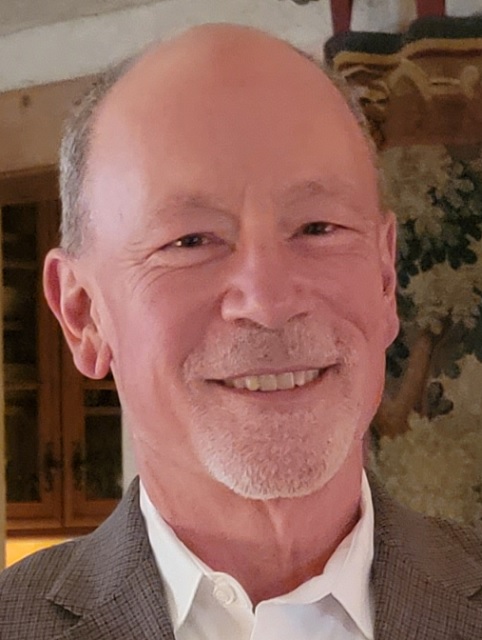Study finds “profound effect” of shared service agreements on local TV news
The shared services agreements some television broadcasters have entered into since 2000 are having “a profound effect” on the local news presented in markets where they exist, says a new study conducted by Danilo Yanich, a professor at the University of Delaware.
The study, a content analysis of local news produced in eight television markets where agreements such as shared services agreements (SSAs) and local marketing/management agreements (LMAs), concludes that the effects of the agreements were most evident in the distribution of stories across stations — in other words, the proportion of stories repeated by stations involved in such agreements — and the use of shared journalists and resources, including anchors, reporters, scripts, and the video clips and graphics used to tell a story.
For the study, which was submitted to the FCC last month for consideration as the agency makes decisions regarding media ownership rules as part of its Quadrennial Review, Yanich and his team examined the local newscasts of stations in Denver; Dayton, Ohio; Des Moines, Ia.; Jacksonville, Fla.; Peoria, Ill., Wichita Falls, Texas; Burlington, Vt.; and Columbus, Ga.
The study found a range in the degree to which SSAs and LMAs affected story distribution and resources shared among the stations involved.
For example, in Denver where KDVR and KWGN operate under an LMA, the proportion of combination stories — those appearing on both stations in the LMA — was 71 percent. Similarly, in Jacksonville, where a single station operates independently, two stations operate under a duopoly, and two stations operate under an SSA, the SSA proportion of combination stories was 64 percent.
On the other end of the spectrum were Des Moines and Columbus, where the proportion of combination stories was less than half, and Wichita Falls, where no independent stations operate, and there are two groups of two stations operating under SSAs. In Wichita Falls, the proportion of combination stories for one SSA was 30 percent and for the other “very few,” the study said.
The study also examined the use of shared resources in the broadcast of combination stories. In Denver, combination stories used the same script 62 percent of the time and the same video and/or graphics 67 percent of the time. Script sharing occurred 21 percent of the time among Jacksonville’s SSA combination stations and video and/or graphics were shared 47 percent of the time. The duopoly in Jacksonville does a simulcast so 100 percent of resources are shared.
Get the TV Tech Newsletter
The professional video industry's #1 source for news, trends and product and tech information. Sign up below.
In Peoria, where out of the five local stations broadcasting news, two operate under an SSA and three participate in an LMA, the SSA stations used the same script 95 percent of the time and the LMA stations did so 92 percent of the time, the study found. Similarly the same video and graphics were used by each 91 percent and 89 percent of the time, respectively.
The study noted that it should be of no surprise that station owners involved in these types of agreements acted to take advantage of the intended benefits of the arrangements, such as cost savings. “To do otherwise would have rendered the agreement moot,” the study report said.
In a phone interview, Yanich, who directs the Masters and doctorate programs for the School of Public Policy and Administration, added that, while the impact of these agreements on stories presented and resources allocated to coverage should be obvious, the FCC, the public and the television industry had no empirical data on their effects until this study.
The content analysis relied on a sample of broadcasts consisting of “a constructed week,” which was made up of the newscasts of a particular day gathered over an extended time. “For example, the Monday of the first week was included in the sample. The Tuesday broadcast of the second week was part of the data, and so on until the broadcast week was constructed,” according to the study report. This was done until content for a five-day week, Monday through Friday, was collected.
The content analysis and report were partially funded by the Communications Workers of America.
Phil Kurz is a contributing editor to TV Tech. He has written about TV and video technology for more than 30 years and served as editor of three leading industry magazines. He earned a Bachelor of Journalism and a Master’s Degree in Journalism from the University of Missouri-Columbia School of Journalism.

